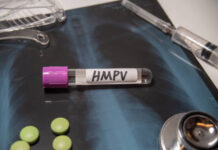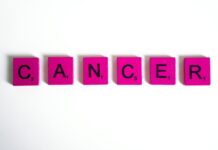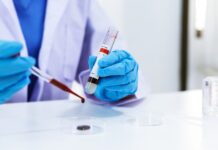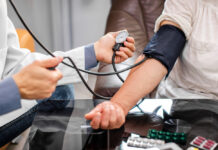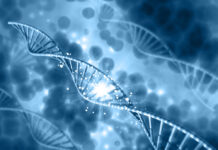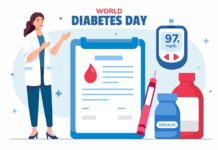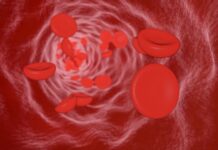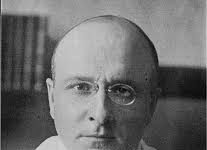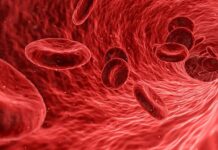Tumors Begin Silently—but Leave Molecular Clues
Somewhere in the body, a small cluster of cells starts to divide abnormally, forming a tumor. At this stage, there are no symptoms—no pain, no visible signs to raise concern. It could take months, or even years, before symptoms finally emerge. When they do, they’ll prompt a medical evaluation, referral, and, ultimately, a diagnosis. By then, the cancer may have already advanced significantly, affecting the course of treatment.
The Early Signals We Usually Miss
Long before symptoms appear, the body begins sending out subtle distress signals. Dying cells, including those from tumors, release tiny fragments of RNA into the bloodstream. These fragments, known as cell-free RNA, offer a potential early warning system for detecting cancer. However, identifying them is challenging, as they are rare and easily masked by RNA from healthy blood-forming cells.
A New Approach to Early Detection: RARE-seq
Stanford researchers have developed an innovative blood-based method called RARE-seq (Random Priming and Affinity Capture of Cell-Free RNA Fragments for Enrichment Analysis by Sequencing). This technique detects tumor-derived cell-free RNA with approximately 50 times more sensitivity than standard sequencing methods.
As per Medical Xpress, this method represents a significant leap forward in non-invasive cancer detection.
Superior Sensitivity Compared to DNA-Based Methods
In clinical tests, RARE-seq consistently outperformed traditional DNA-based liquid biopsies. It identified lung cancer RNA signatures across various stages of the disease and even detected somatic driver mutations—like EGFR, KRAS, and RET—in a notable number of cases. Impressively, it found cancer signals in 34% of samples that DNA-based tests missed.
Detection rates increased with cancer stage:
- 30% in stage I
- 63% in stage II
- 67% in stage III
- 83% in stage IV
Additionally, RARE-seq captured signs of histological transformations, drug resistance, and gene amplification—data critical for tailoring treatments.
Rigorous Design and Optimization
Researchers validated RARE-seq using 437 plasma samples from 369 individuals, spanning cancer patients, healthy volunteers, and individuals with non-malignant conditions. They fine-tuned every step of the process—from blood collection and RNA extraction to storage and sequencing—to reduce variability and improve results.
To isolate relevant signals, the team used a panel of molecular probes targeting 4,737 rare transcripts and 50 housekeeping genes. These were chosen specifically for their low presence in healthy plasma, increasing the likelihood of detecting cancer-related RNA.
Advanced Filtering and Broader Applications
To reduce noise from platelet RNA contamination, researchers created a computational model to filter out irrelevant gene expression patterns using healthy reference samples. Beyond cancer, RARE-seq also picked up RNA fragments from mRNA vaccines, COVID-19 infections, and lung injuries, especially in patients with recent tobacco exposure or respiratory illness.
A Promising Future for Liquid Biopsies
In a preliminary study published in Nature, RARE-seq demonstrated extraordinary sensitivity in detecting tumor-derived RNA at very low concentrations. This opens the door to blood tests that can track gene activity, monitor treatment response, and detect cancer resistance mechanisms—all from a single blood draw.
Although more validation is needed, especially in early-stage cancer detection, RARE-seq lays the groundwork for a new generation of blood-based diagnostics. These could soon provide insights not only into cancer but also into a broad spectrum of other diseases, improving early detection and personalized treatment.





